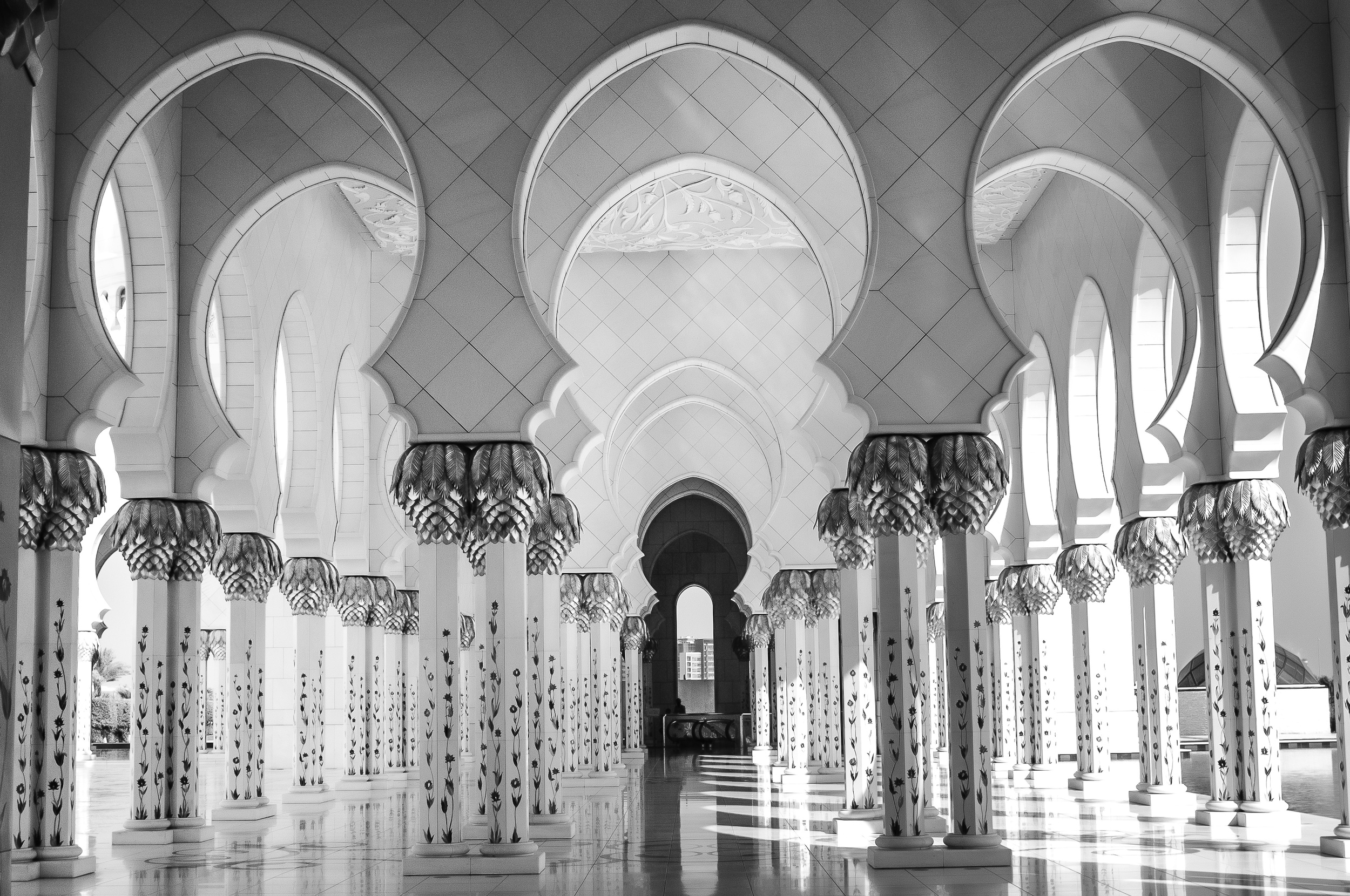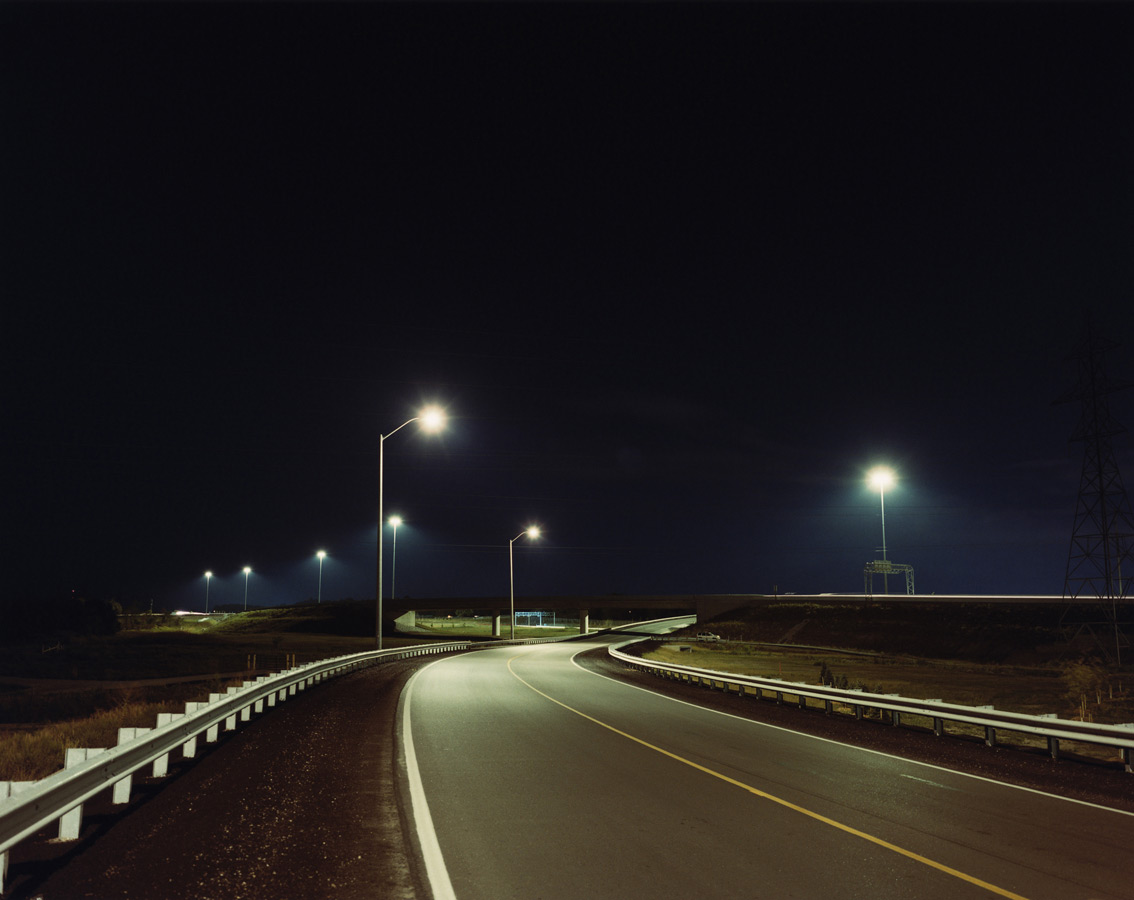I was surfing the web looking for examples of images of street photography when I found the most wonderful website.
These images were all shot by Alan Wilson and his website is link is http://www.streetphoto.fsnet.co.uk/. I actually wrote to him and got permission to use his images on my blog. In the course of that email exchange, Alan mentioned that all of these images were taken with Film which explains a lot in terms of how he managed to get that wonderful black and white gritty feel to the images. Of course, I have to admit I was a bit disappointed as well because I would love to be able to turn out digital images like these and I was hoping to be able to get some tips from the master on how they would turn.
In his email, Alan mentioned that he now working in color digital formats now and I am quite looking forward to seeing his images once he gets around to putting them up.
I found his work to be well composed and thought provoking. Actually, perhaps a bit too much thought provoking. I would be very curious to see if the same thoughts were also going through the Alan's mind when he shot the images. It might be that a lot of these are my own read into the images.
My all time favourite is the image below:

Alan Wilson (2002), Princes Street, Edinburgh, Available from: http://www.streetphoto.fsnet.co.uk/ ; Accessed: December 18th, 2011.
The first thing that came to mind when I looked at this image was that it was a wonderful example of two points within the frame. The second thought was how wonderfully dynamic this image is and not only because of the subjects themselves but the way they are placed. My eye went straight to the young woman and then across to the shirt on the wall. I liked the fact that there is nothing else to distract the viewer from those two images. If I recall correctly, the image on the T-shirt is that of Shiva, the Hindu God of destruction. In the Mahabharata, Shiva is depicted as "the standard of invincibility, might, and terror", as well as a figure of honor, delight, and brilliance. Within the frame, the image of the young woman comes across to me as primarily one who is defiant and angry. At the same time, she is very attractive (almost delightful). Both of the subjects within the frame are therefore linked symbolically and synergistically with each other.

Alan Wilson (2002), Waverley Station, Edinburgh, Available from: http://www.streetphoto.fsnet.co.uk/ ; Accessed: December 18th, 2011.
The second image that I quite liked was the one shot in Waverly Station. I like the way the figure (and I cannot tell if it's a man or a woman) seems to walking around in a circle. The arrows imply that there is circular movement to the whole image when in actually the figure is probably just standing still. In more basic form, I looked at that image and my first thought was "That's life, everything eventually comes full circle"

Alan Wilson (2004), Princes Street, Edinburgh, Available from: http://www.streetphoto.fsnet.co.uk/ ; Accessed: December 18th, 2011.
Then there is this one. How depressing and relevant in the context of today.
An image of a single human moment taken in 2004 but still valid today. I work in Banking and am constantly bombarded with stories of financial crisis, layoffs, bankrupty etc, it's really depressing. I know people who probably feel just like this man. This image so clearly shows the irony of life.

Alan Wilson (2003), Leith,
Edinburgh, Available from: http://www.streetphoto.fsnet.co.uk/ ; Accessed: December 18th, 2011.
The fourth image that I picked out was because of the quote written in chalk on the street. The quotation was very familiar but I couldn't quite recall where I had seen or heard it. So of course I decided to google it.
I was pleasantly surprised to find it pop up as part of the dialogue from the eighth episode of the third season of Star Trek: The Original Series. It was aired by NBC on November 8, 1968 and was written by Rik Vollaerts, and directed by Tony Leader. As a child I used to watch this TV series avidly. In fact to this day, I have a crush on Captain James T Kirk.
The overview of the story around this episode is that the crew of the Enterprise rush to stop an asteroid from colliding with a Federation world, but discover the asteroid is actually an inhabited generation ship. All the inhabitants of this ship, except for one, are unaware that their world is artificial. He is the one who basically quotes this line.
If you extend this line to more metaphorical level, then clearly the world today is pretty artificial and hollow. People are losing their sense of self worth, increasing lack of religious and cultural tolerance amongst many is leading to more and more conflict (very unnecessary and unfair, in my opinion) and there are unknown forces at play that clearly benefit from this scenario.
Back to the image itself, I like the way the bars curve around. The eye goes to the quote on the road then moves up across the bars to the two men standing in the corner. They could easily represent that segment of the world which is often misunderstood.

Alan Wilson (2004), Great Junction Street, Leith,
Edinburgh, Available from: http://www.streetphoto.fsnet.co.uk/ ; Accessed: December 18th, 2011.
The image shows an interesting line of repeating patterns. The figure of the man breaks what would have been a bland composition.

Alan Wilson (2003), Nicolson Square; Available from: http://www.streetphoto.fsnet.co.uk/; Accessed: December 18th, 2011.
I am running out of steam here. I think I can probably comment on a lot of more of Alan's work but my fingers hurt and I am going to have to stop for the time being. This one I like because of the content of the poster. It says Cold Mountain and there is a man who is obviously dressed up for the cold passing by. I like the way it kind of reflects the general feeling of the image i.e cold day in Edinburgh. I am not too sure about the pole in the middle but I am not too pushed about it because it blends quite nicely with the poster.
All in all, these were great images. Each of them tells me a story. I think the most important aspect of street photography is that documentary, almost story telling context of images. If I can get a series of images that tell the viewer a story, I think I would be lucky. There are lots more on the website so really worth visiting the website if you get a chance.































![Josef Sudek: Profily 1; Z Praci Mistru Ceskoslovensk Fotografie [COMPLETE]](http://saadiastreet.files.wordpress.com/2012/06/61191359-josef_sudek_03.jpg?w=233)


























